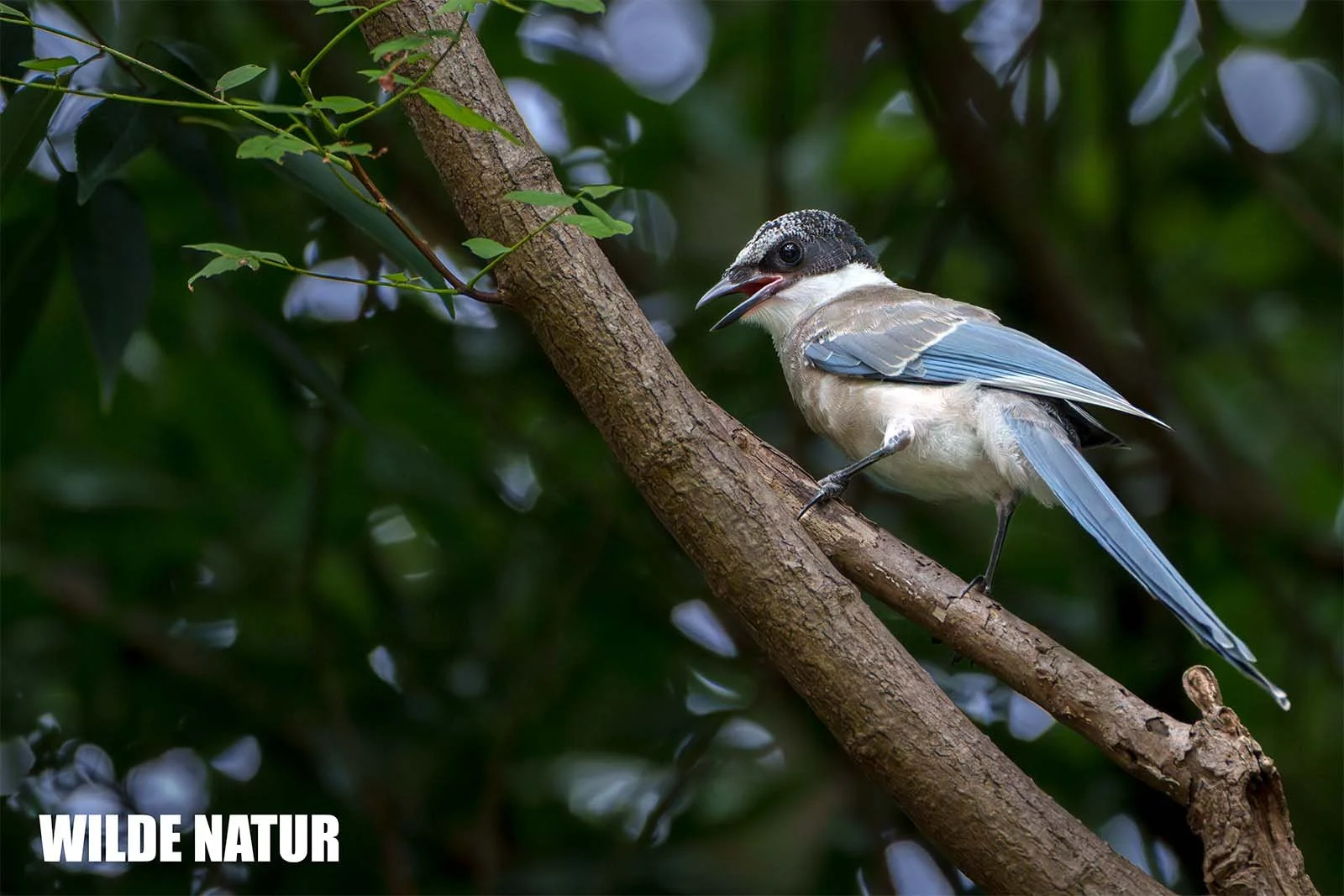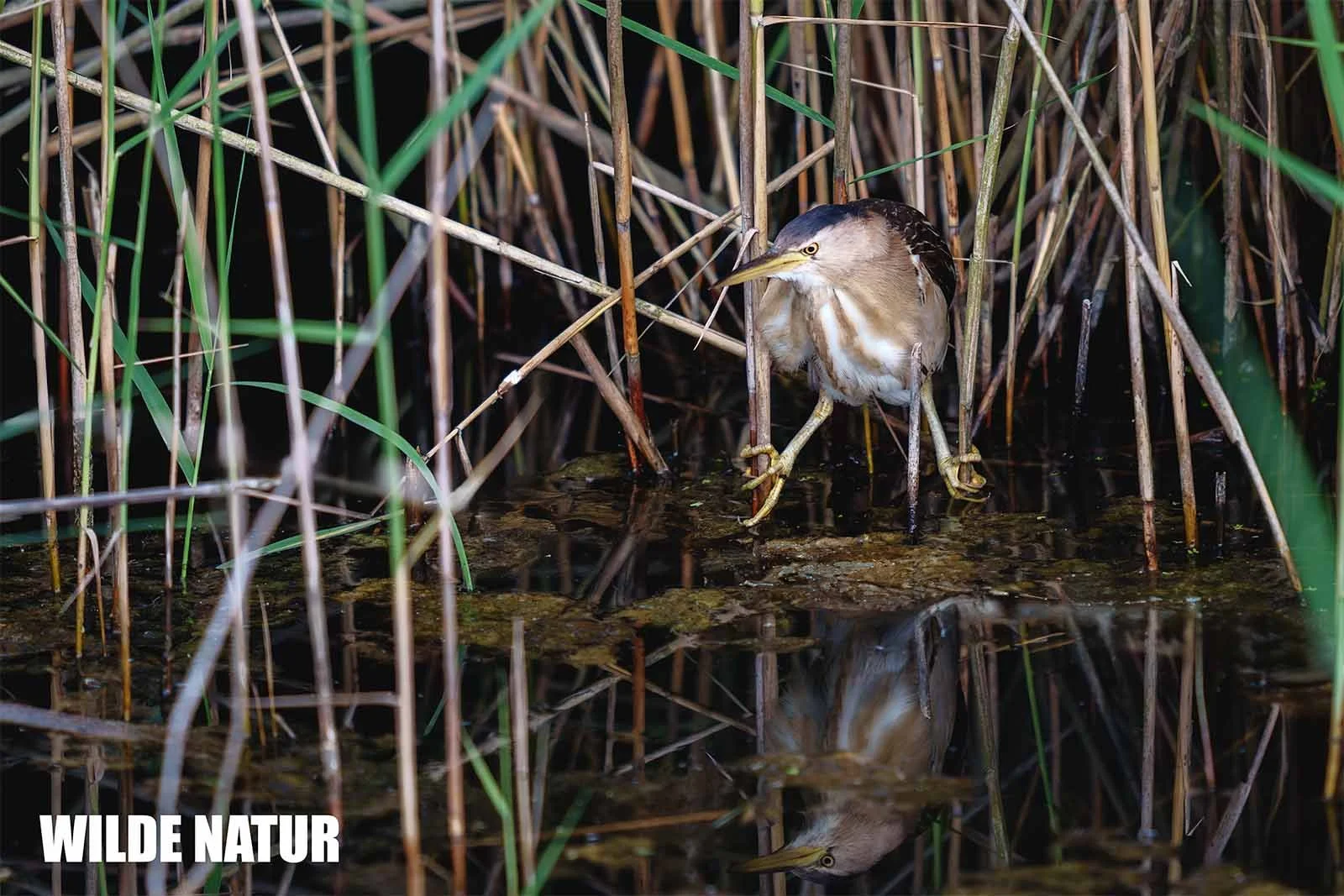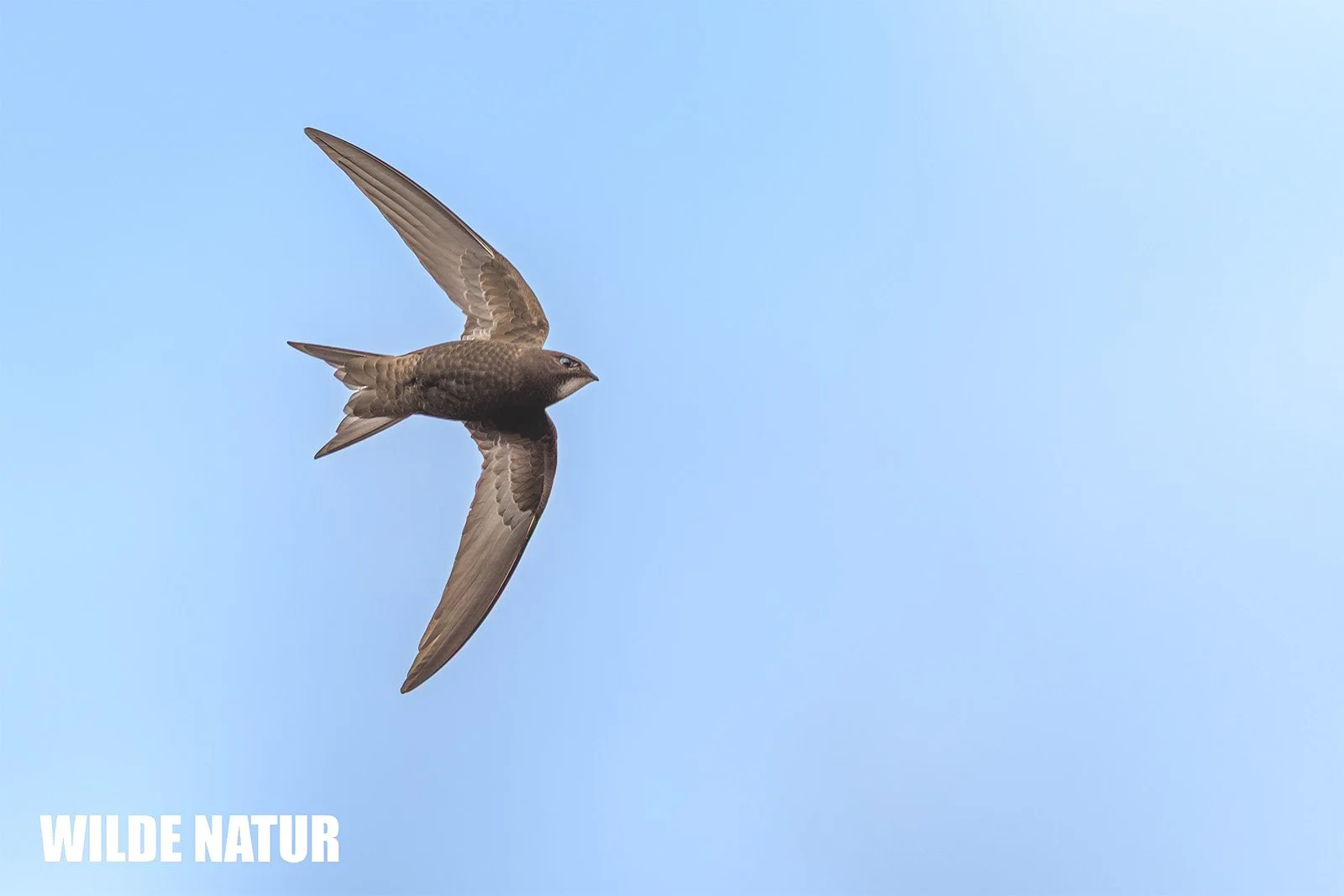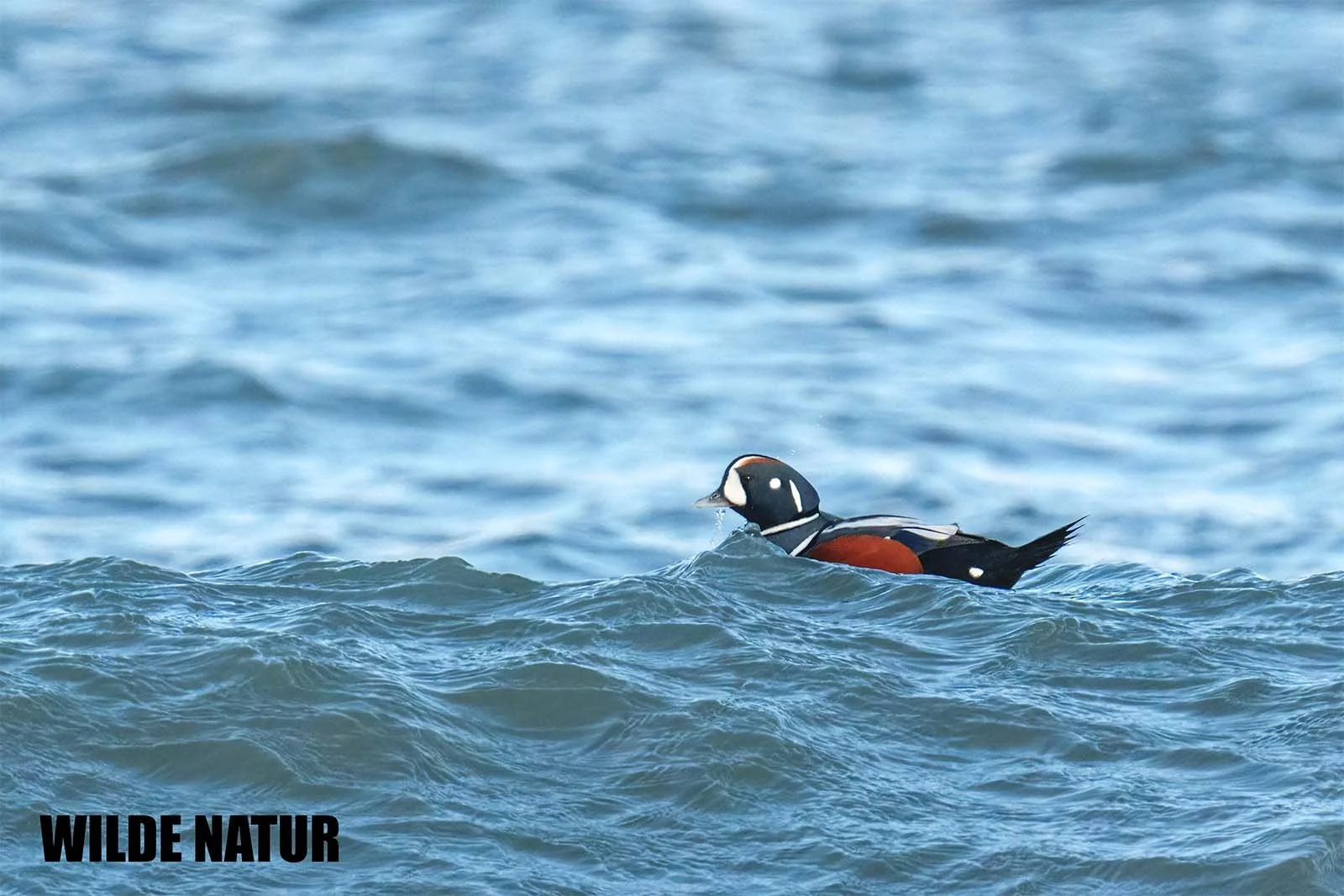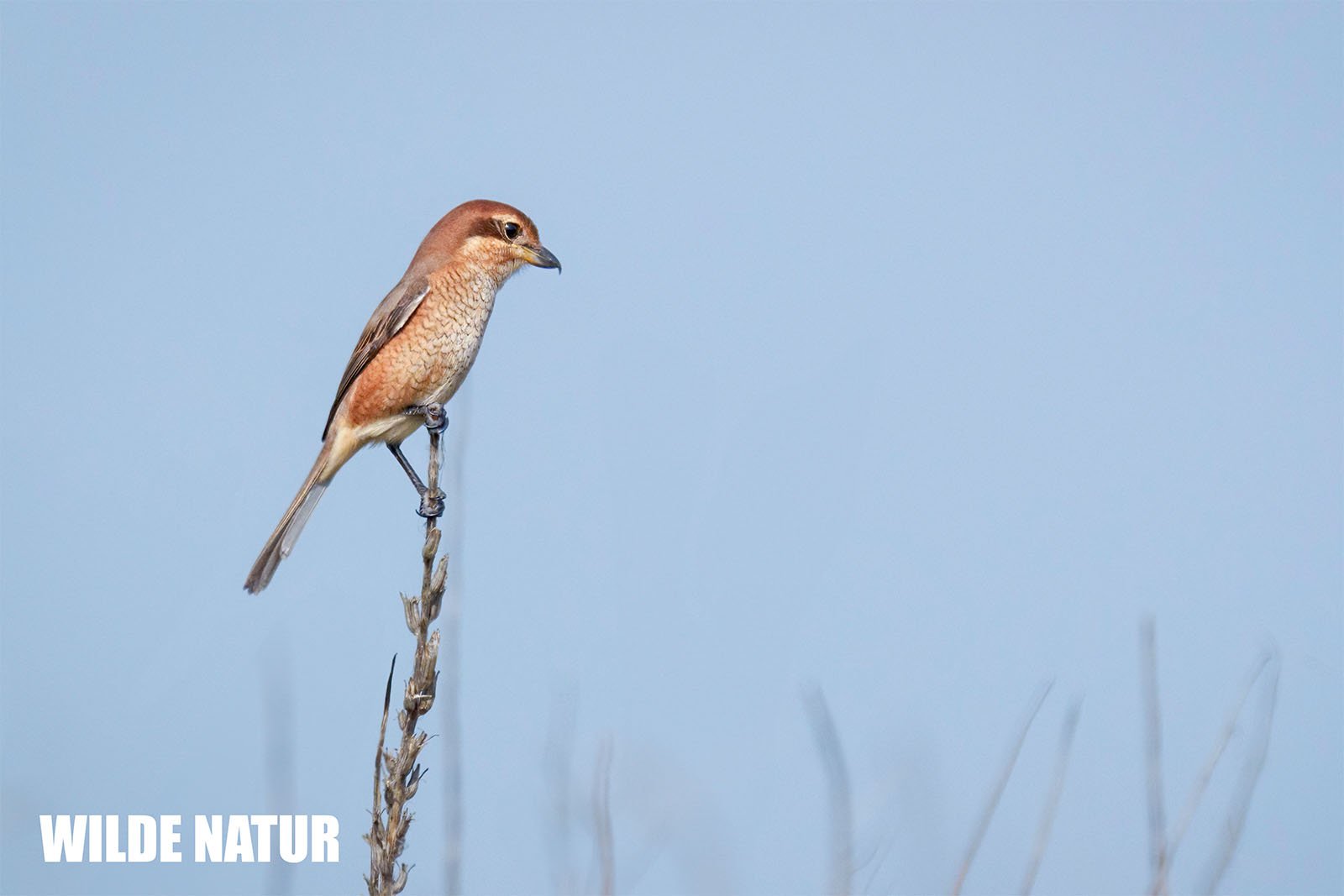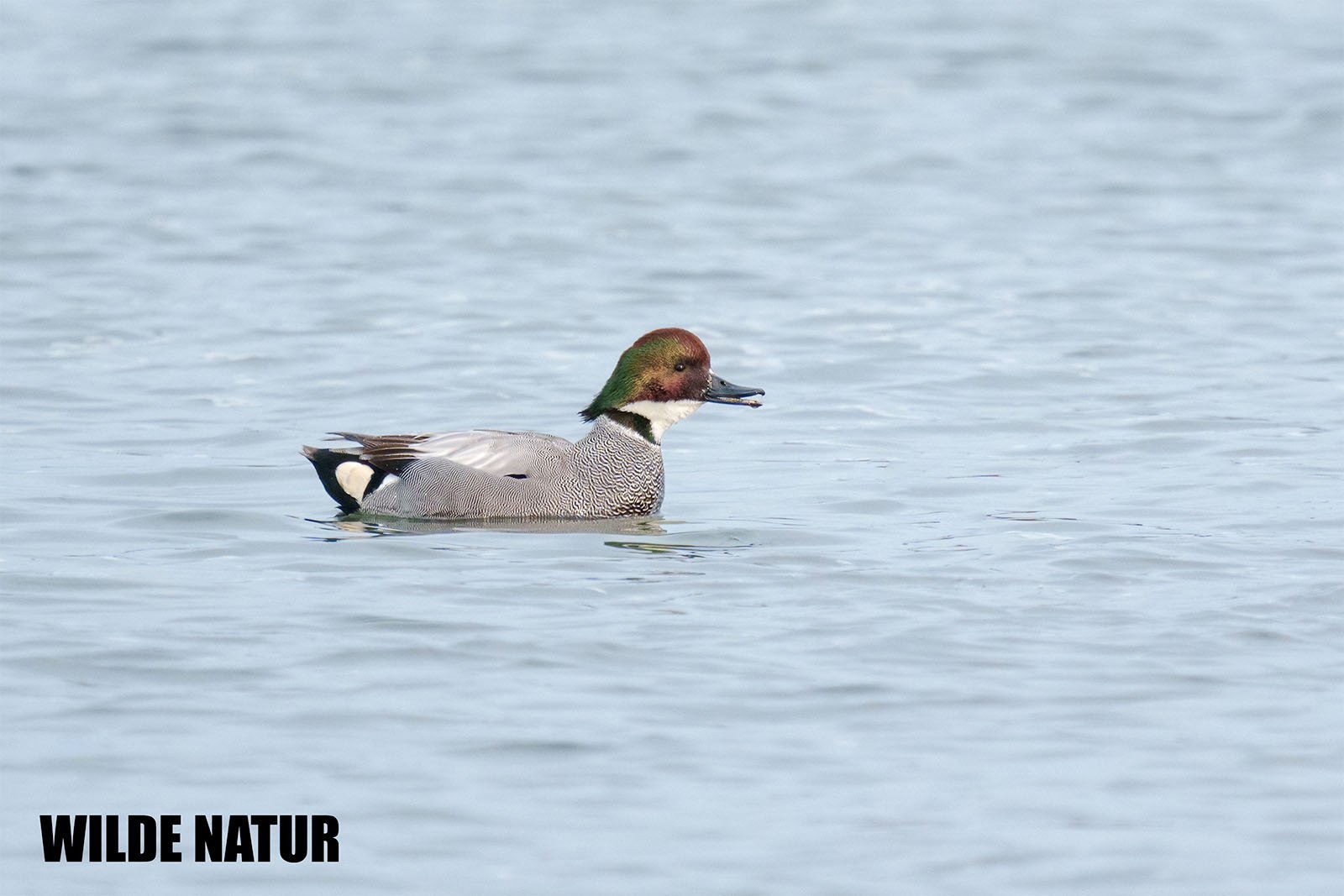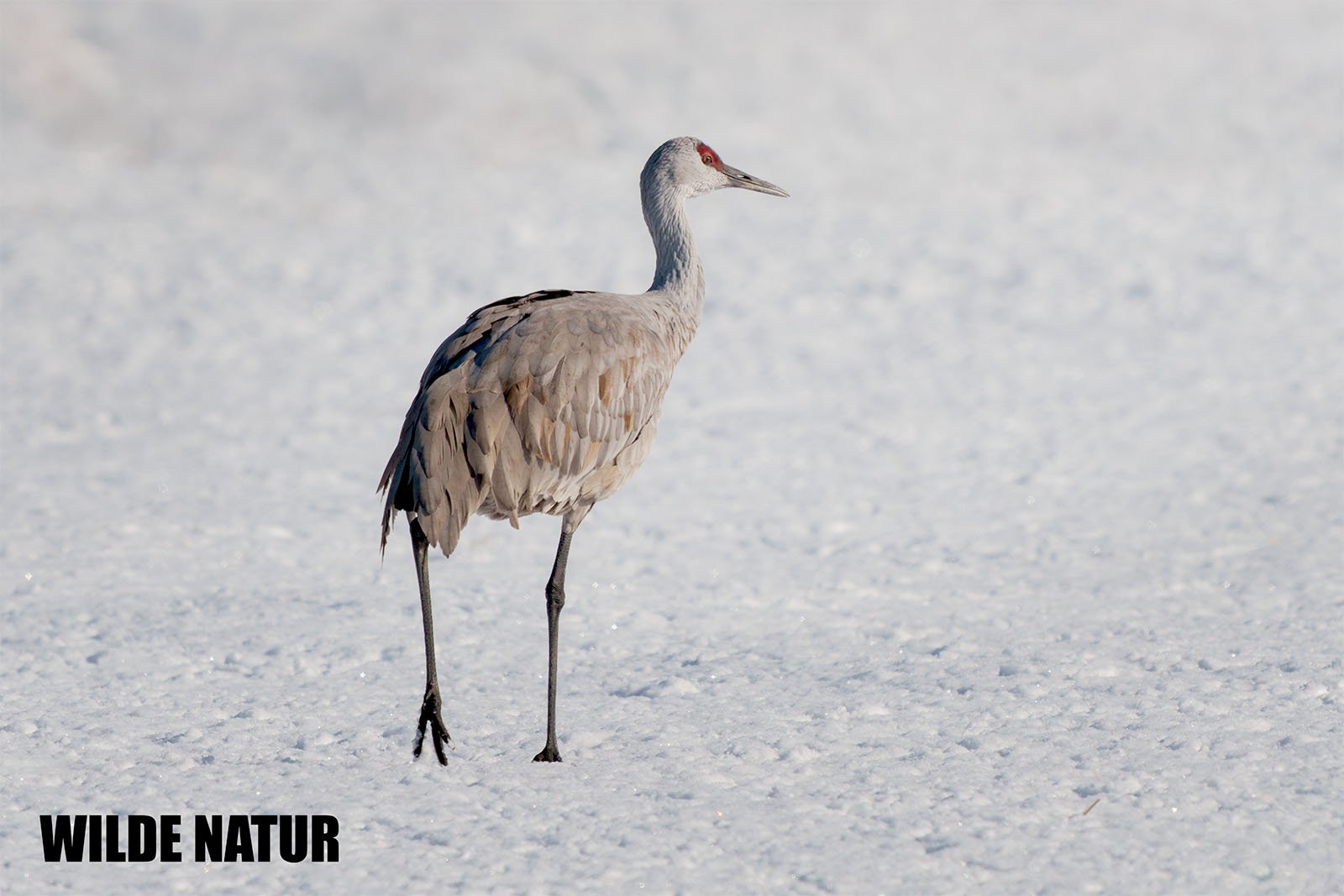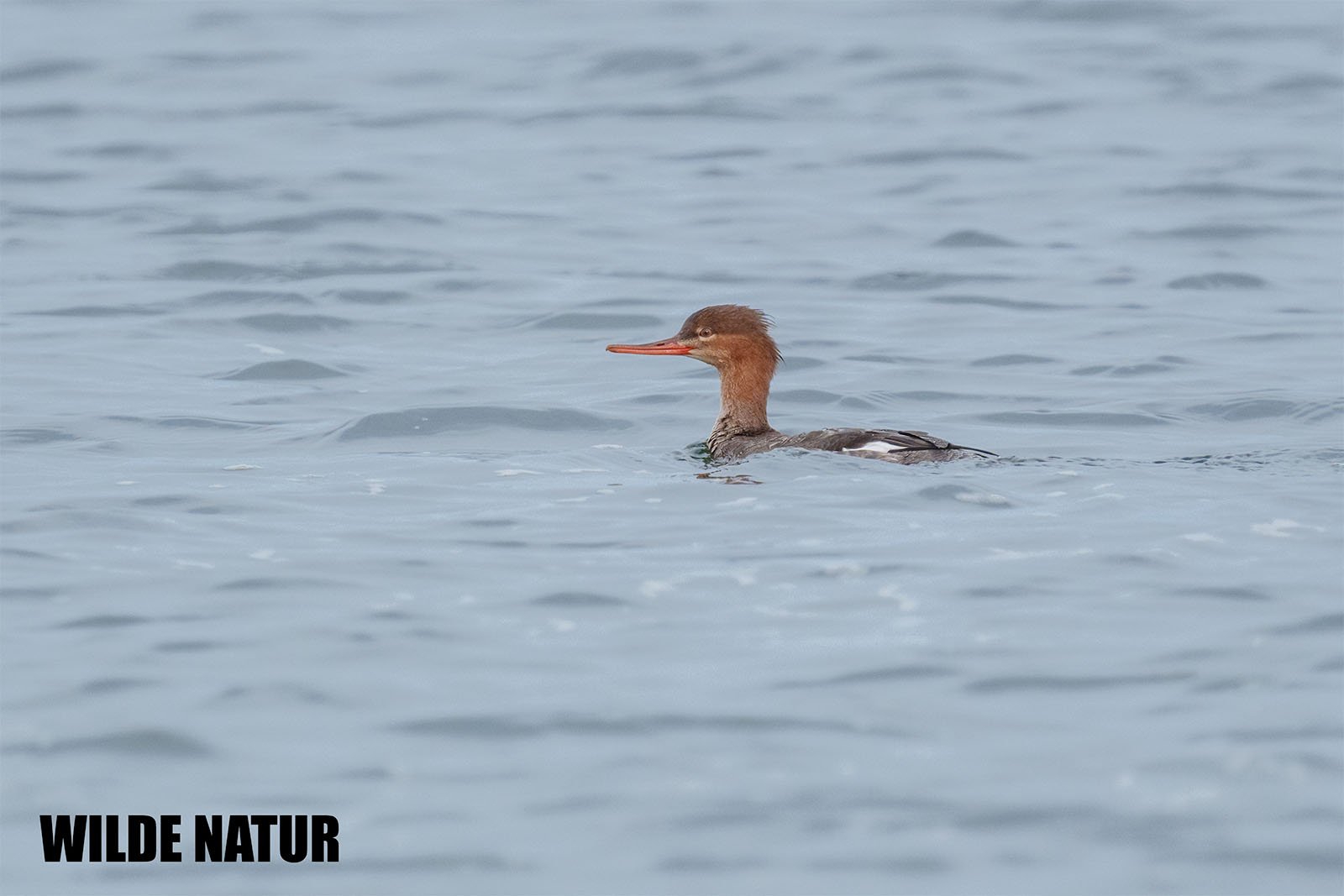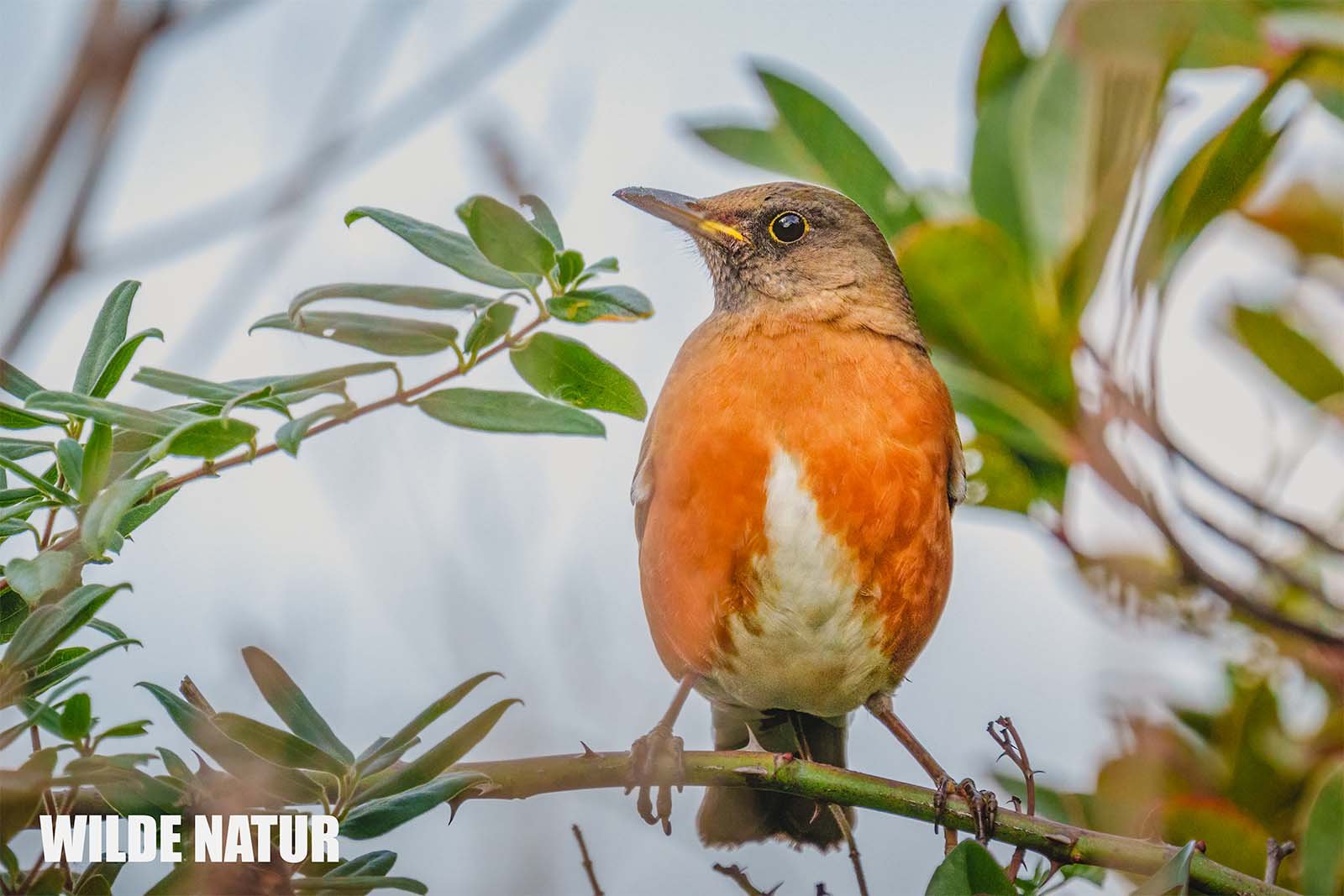White-naped crane (Antigone vipio)
White-naped crane (Antigone vipio) with a distinctive white neck. The photo was made in Hokkaido / Japan.
White-naped Crane - Winter Guest with a White Scarf
The White-naped Crane (Antigone vipio) winters in southern Japan. A graceful migratory bird with a white neck stripe, it is globally threatened but strictly protected in Japan.
Shortlist
Large, slender crane with distinctive white neck stripe
Winters in Kyūshū, especially the Izumi Plain
Often seen in family groups
Omnivorous: feeds on plants and small animals
Classified as Vulnerable by IUCN, protected in Japan
Scientific Name: Antigone vipio
German Name: Weißnackenkranich
English Name: White-naped Crane
Height: 130–140 cm
Weight: 5,000–6,000 g
Plumage: Grey with white neck band, red facial skin, white belly
Bill: Long, horn-colored
Diet: Roots, seeds, rice, insects, small animals
Breeding Season: May–July (not in Japan)
Clutch Size: 1–2 eggs
Annual Behavior: Winters in Japan (Nov–Mar), breeds in Russia
Habitat: Rice fields, wetlands, marshes
Migration Type: Long-distance migrant (Siberia ↔ Japan)
Conservation Status: Vulnerable (IUCN), strictly protected in Japan
Table of Contents
- Introduction
- Appearance
- Habitat
- Diet
- Breeding
- Migration
- Population
- Summary Sheet
- FAQ – Frequently Asked Questions
Introduction
Every winter, a special guest arrives in southern Japan – tall, dignified, and quiet: the White-naped Crane. Standing up to 1.4 meters tall, it is one of East Asia’s most impressive migratory birds. Its distinct white neck stripe makes it easy to identify, especially on the broad rice fields of the Izumi Plain in Kyūshū, the most important wintering site for this species in Japan.
Appearance
Despite its size, the White-naped Crane appears slim and graceful, never clumsy.
Key features:
- Long, straight horn-colored bill
- Head and neck grey, with a bold white stripe from crown to neck
- Red, bare facial skin – striking in sunlight
- Back, wings, and throat: grey; belly and underwings: white
- Legs: long, dark grey to black
- In flight: long outstretched neck, trailing legs, wide wings – unmistakable silhouette
Habitat
In Japan, the White-naped Crane is a typical winter migrant.
Preferred winter habitats:
- Rice fields and agricultural wetlands
- Marshes and quiet farmland with little disturbance
- Daytime: foraging; Nighttime: resting on open fields or shallow water
In summer, it lives in eastern Russia, particularly in the Amur and Ussuri regions, where it nests in marshes and peat bogs.
Diet
This crane is an opportunistic feeder, adjusting its diet to seasonal availability.
Feeds on:
- Plants: roots, rhizomes, seeds, grass, rice grains
- Animals: insects, snails, small vertebrates
- Forages calmly in small groups or family units
- Highly vigilant and takes flight quickly when disturbed
Breeding
Breeding occurs exclusively in Russia, not in Japan.
Breeding behavior:
- Season: May to July
- Nest: shallow ground scrape, in marshy or raised ground
- Clutch: 1–2 eggs
- Incubation: about 30 days
- Both parents care for the chicks
- Juveniles stay with parents until the next migration
Migration
The White-naped Crane is a long-distance migrant with a clearly defined route.
Migration pattern:
- Arrival in Japan: from November
- Departure back north: February to March
- Main Japanese site: Izumi Plain, Kagoshima
- Often migrates alongside Red-crowned Cranes
- Travels in tight family units that remain together throughout the winter
Population
The White-naped Crane is listed as Vulnerable by the IUCN.
Reasons for population decline:
- Destruction of nesting and stopover habitats
- Disturbance from agriculture, infrastructure, tourism
- Climate change and extreme weather events
Positive trends in Japan:
- Effective protection in Izumi
- Supplemental feeding and regular monitoring
- Participation in international conservation programs
Thanks to these efforts, numbers are showing signs of recovery in Japan.
Summary Sheet – White-naped Crane
| Feature | Description |
|---|---|
| Scientific Name | Antigone vipio |
| Common Name | White-naped Crane |
| German Name | Weißnackenkranich |
| Height | 130–140 cm |
| Weight | 5,000–6,000 g |
| Plumage | Grey with white neck stripe, red face, white belly |
| Bill | Long, horn-colored |
| Diet | Plants, seeds, rice, insects, small animals |
| Breeding Season | May–July (not in Japan) |
| Clutch Size | 1–2 eggs |
| Habitat | Rice paddies, wetlands, marshes |
| Migration Type | Long-distance migrant (Russia ↔ Japan) |
| Conservation Status | Vulnerable (IUCN), strictly protected in Japan |
FAQ – Frequently Asked Questions
1. Where can I see the White-naped Crane in Japan?
The best place is the Izumi Plain in Kagoshima Prefecture, from November to March.
2. How is it different from the Red-crowned Crane?
It is smaller and slimmer with a white neck stripe, while the Red-crowned Crane has a white face and a black neck.
3. Why is the species considered threatened?
Mainly due to habitat loss, human disturbance, and climate change along its migratory route.
4. Does it breed in Japan?
No. The breeding range is confined to eastern Russia, particularly the Amur and Ussuri wetlands.
5. What conservation efforts are underway in Japan?
Feeding programs, habitat protection, strict regulation in Izumi, and international cooperation with conservation groups.



